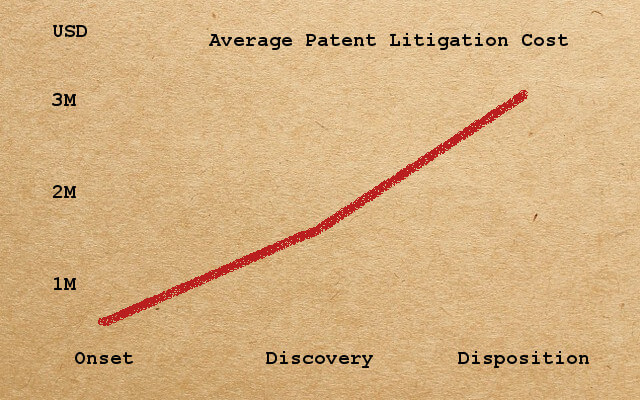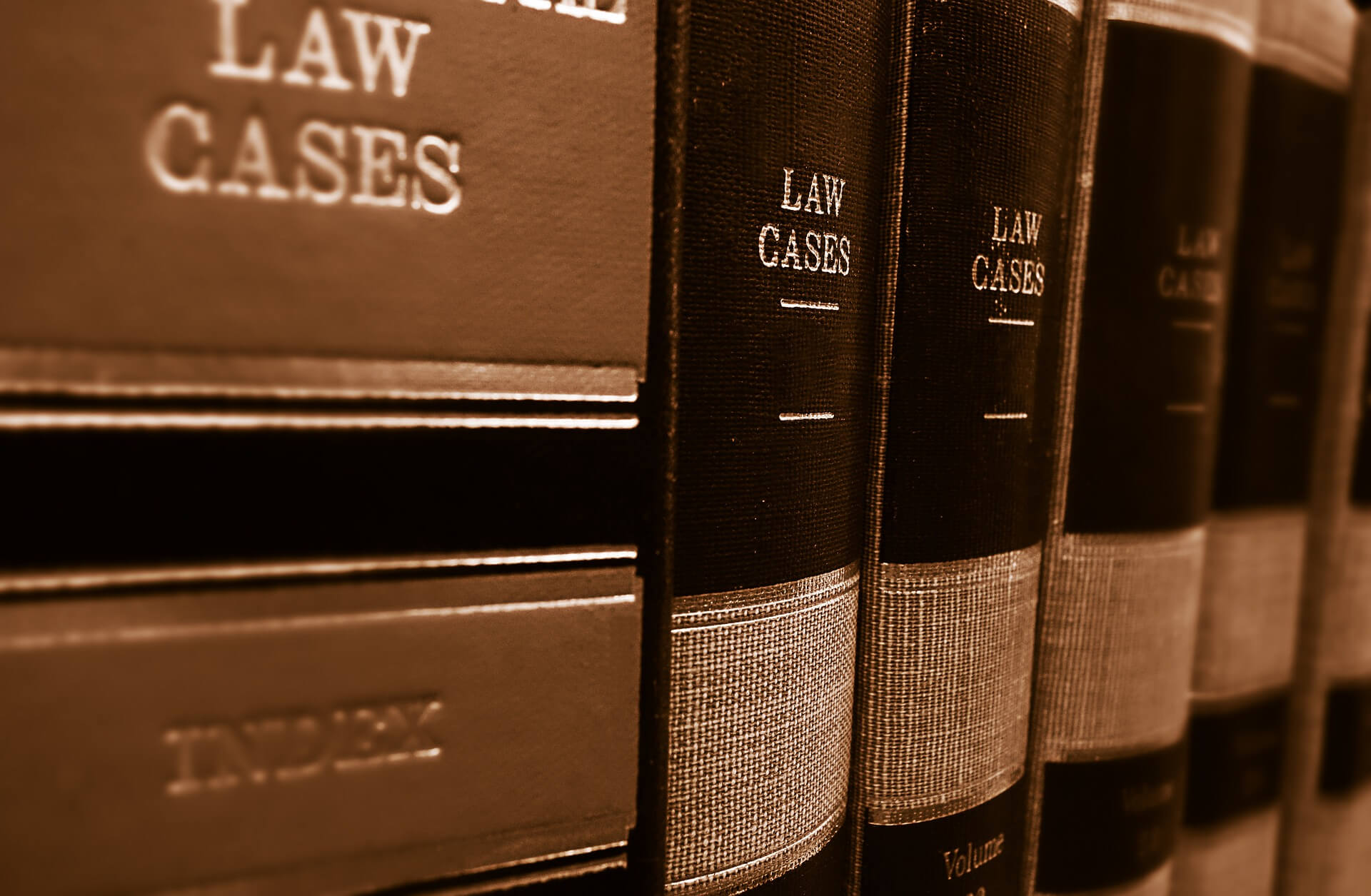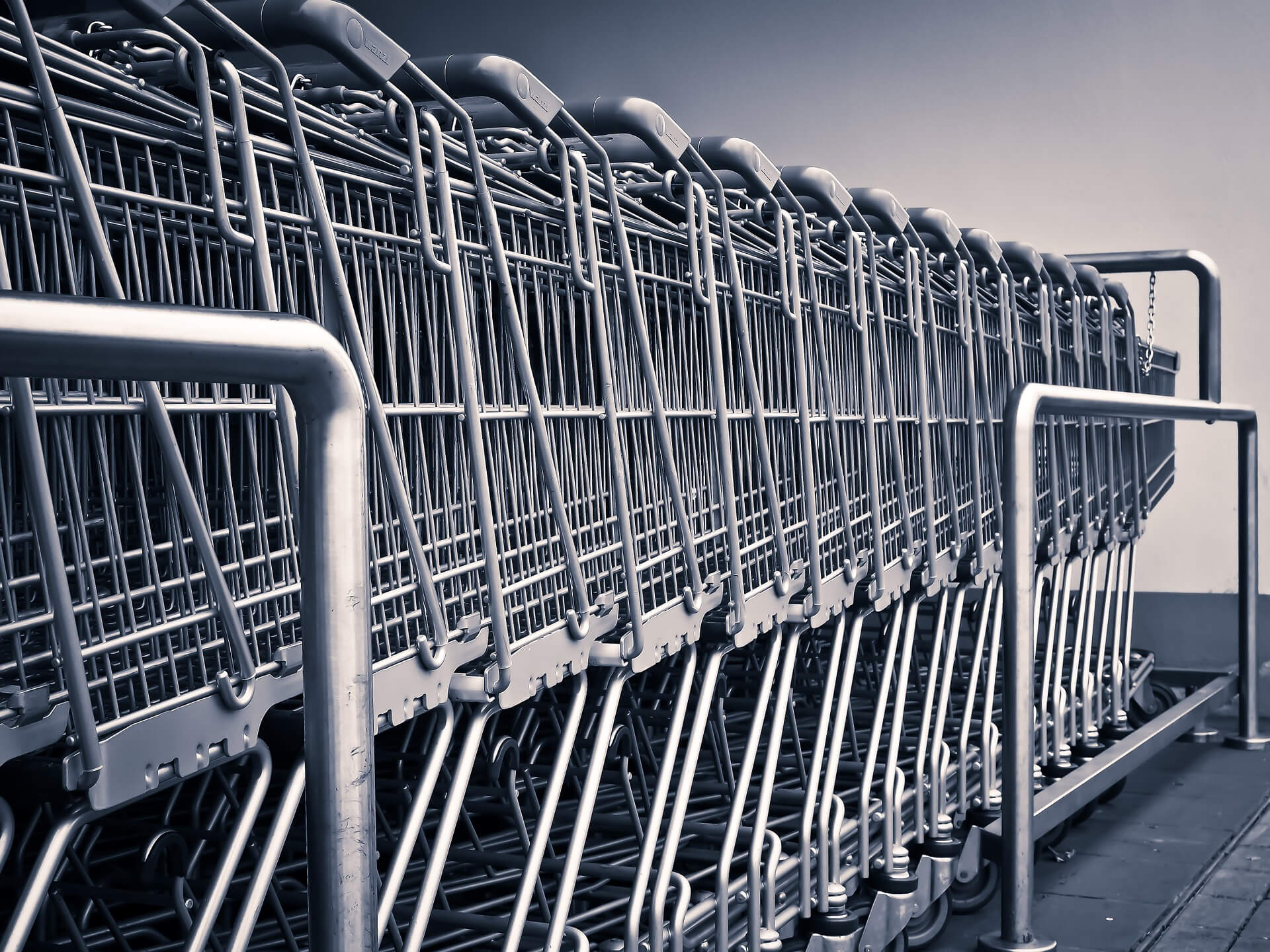Although Amazon is reigning in the online retail market, if you compare the annual retail sales figures of 2016, Walmart’s $363 billion in annual revenue overshadowed Amazon’s $77 billion. This is a meaningful success in the offline retail market where many retail giants are fiercely competing.
What in the earth makes Walmart to score such a high annual sales revenue which is more than twice the combined number of (a) $70 billion by Target, a discount store like Walmart and (b) $86 billion by Costco, a membership store like Sam’s Club by Walmart?
Walmart is well known for its rigorous standard for choosing suppliers, efficient logistics and store management, and a simple but effective business principle of serving the customers with a lower price, among others, that are all contributing to the success of Walmart.
Surprisingly, it is a less known fact that Walmart played a major role in the retail adoption of barcode technology.
Anyone who remembers the days when barcodes did not exist would easily appreciate how much the barcode technology saves time and effort in sales of goods. Without the Universal Product Code (“UPC”) which was introduced to the retail business by Walmart, barcode could have been just a type of machine-readable code for a proprietary computer system.
In parallel, Walmart recently began to require all suppliers to use radio frequency identification (“RFID”) smart tags to display product information on their shipment. Smart tags convey product information over the air more efficiently than barcodes and allegedly improves the flow of the logistics as well as the inventory management in the retail stores.
Of course, barcode is not invented by Walmart. Just like smart tags, Walmart is on the side of adopting and utilizing the technology developed by a third party. That is not a surprise considering that standardization leads to cost savings for the entire retail industry and that an exclusive technology developed and adopted by a retailer would not likely benefit the entity in the market competition.
Nevertheless, Walmart is allocating a lot of resources in procuring patents, which is unprecedented in its 50 years of history.
Based on the publication date of patent applications, Walmart applied for only 26 patents for the two-year period from 2012 to 2013 whereas it already applied for 201 patents from 2016 to date. Simply put, patent is a legal right to an exclusive use of a technology invented independently, so the sudden increase goes against the very idea of standardization.
The phenomenon can be understood by taking a closer look at Walmart’s patents. For an example, one of the Walmart’s patents issued in 2017, the U.S. Patent No. 9,470,532, claims an exclusive right to a navigation system that help customers to find goods in a store.
This navigation system provides an assistance to shoppers by (1) allowing customers to input product information they are searching via mobile devices; (2) displaying the location of the product on a store map; and (3) marking locations of comparable or associated goods on their route.
Once this technology is commercialized, Walmart could make up for its shortage in the staff on the retail floor, improving shopping experience significantly. That is not to say that this kind of service requires an investment in advanced technology as it only requires common smartphones and inventory management applications readily available to small and midsize businesses. Notwithstanding, for about 20 years, any business who wants to adopt the navigation system in their store would have to obtain license from Walmart or just sit and wait till the patent expires.
There are other examples such as a mobile app validating the age of purchasers of age-restricted items (U.S. Pat. No. 9,665,896) and a system delivering shopping carts upon the request by shoppers via a mobile app (U.S. Pat. Application No. 6,619,546). In sum, Walmart patents of recent involve not the profound principles of science but ideas for a better shopping experience.
These ideas could have been the technology of the future, but with the internet and personal mobile devices, you can bring them to life without dedicated devices or extra infrastructure. Walmart is now expanding its patent portfolio to exclude others from using some of them.
In fact, from a design or packaging idea to a unique placement of goods in retail spaces and a promotional or loyalty program ideas, if it is noble, it has a potential to be patented. Once patented, you can have an edge in retail services and prevent others from misappropriating your own idea.
Often an amazing and groundbreaking idea becomes a mundane thing because everybody is copying it so fast. When you come up with a great idea, you should (1) determine whether the idea can develop into an effective and financially valuable patent, (2) find a way to protect the idea appropriately, and (3) acquire a legal right that can ensure a lasting success.








